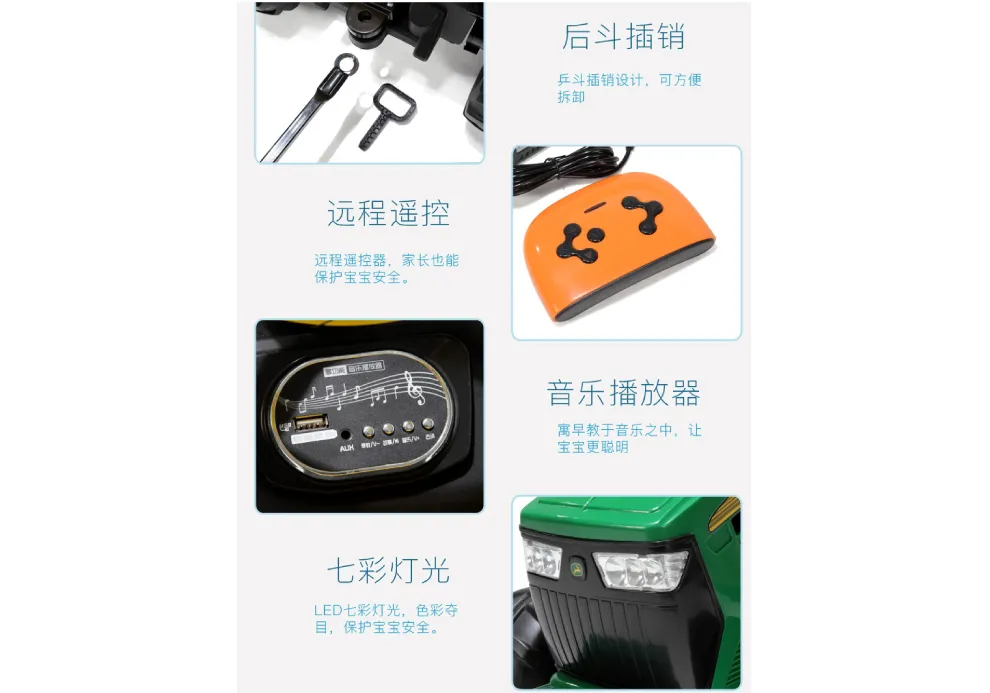
- Afrikaans
- Albanian
- Amharic
- Arabic
- Armenian
- Azerbaijani
- Basque
- Belarusian
- Bengali
- Bosnian
- Bulgarian
- Catalan
- Cebuano
- Corsican
- Croatian
- Czech
- Danish
- Dutch
- English
- Esperanto
- Estonian
- Finnish
- French
- Frisian
- Galician
- Georgian
- German
- Greek
- Gujarati
- Haitian Creole
- hausa
- hawaiian
- Hebrew
- Hindi
- Miao
- Hungarian
- Icelandic
- igbo
- Indonesian
- irish
- Italian
- Japanese
- Javanese
- Kannada
- kazakh
- Khmer
- Rwandese
- Korean
- Kurdish
- Kyrgyz
- Lao
- Latin
- Latvian
- Lithuanian
- Luxembourgish
- Macedonian
- Malgashi
- Malay
- Malayalam
- Maltese
- Maori
- Marathi
- Mongolian
- Myanmar
- Nepali
- Norwegian
- Norwegian
- Occitan
- Pashto
- Persian
- Polish
- Portuguese
- Punjabi
- Romanian
- Russian
- Samoan
- Scottish Gaelic
- Serbian
- Sesotho
- Shona
- Sindhi
- Sinhala
- Slovak
- Slovenian
- Somali
- Spanish
- Sundanese
- Swahili
- Swedish
- Tagalog
- Tajik
- Tamil
- Tatar
- Telugu
- Thai
- Turkish
- Turkmen
- Ukrainian
- Urdu
- Uighur
- Uzbek
- Vietnamese
- Welsh
- Bantu
- Yiddish
- Yoruba
- Zulu
Dec . 10, 2024 05:28 Back to list
ebike urban
The Rise of E-Bikes in Urban Environments
As cities around the world grapple with traffic congestion, pollution, and the need for sustainable transportation, electric bicycles, or e-bikes, have emerged as a practical and appealing solution. E-bikes are not only transforming the way urbanites commute, but they also contribute to a greener future, making urban mobility both efficient and enjoyable.
The Appeal of E-Bikes
E-bikes combine traditional cycling with electric propulsion, allowing riders to travel longer distances with less effort. This is especially beneficial for urban areas where commuting can involve hilly terrain or longer routes. The electric assistance provided by e-bikes enables riders to arrive at their destinations without breaking a sweat—a significant advantage for those who work in offices and need to maintain a professional appearance.
Moreover, e-bikes appeal to a diverse range of users. From young professionals and students to older adults and those with limited mobility, e-bikes offer a flexible transportation option. They are particularly attractive for individuals looking for a cost-effective alternative to driving or public transportation. With rising fuel prices and the increased cost of maintenance associated with cars, e-bikes emerge as an efficient and economical choice for urban commuting.
Environmental Benefits
The environmental implications of adopting e-bikes are significant. Unlike traditional vehicles, e-bikes produce zero emissions during operation. In a time when cities are increasingly focused on reducing their carbon footprints, e-bikes provide a sustainable alternative to fossil fuel-powered vehicles. By encouraging cycling over driving, cities can alleviate air pollution, promote healthier lifestyles, and contribute to overall reductions in greenhouse gas emissions.
Additionally, e-bikes are often cited as a solution to the growing waste problem associated with automobile manufacturing and disposal. With a smaller carbon footprint in terms of manufacturing and longevity, e-bikes represent a move towards a more sustainable transportation paradigm, with their reduced reliance on natural resources.
ebike urban

Infrastructure and Policy Support
To fully realize the potential of e-bikes in urban areas, cities must invest in infrastructure that supports their use. This includes dedicated bike lanes, secure parking facilities, and charging stations. Governments that recognize the importance of cycling infrastructure often see increased e-bike usage, leading to a healthier populace and reduced traffic congestion.
Furthermore, policies that promote e-bike integration into public transportation systems can enhance accessibility. For instance, allowing e-bikes on trains and buses can help bridge the gap between various modes of transport, making it easier for commuters to opt for eco-friendly solutions.
Challenges Ahead
Despite the numerous benefits of e-bikes, challenges remain. Safety concerns are at the forefront, as many city streets are not designed with cyclists in mind. Without proper infrastructure, e-bikes can lead to accidents and injuries. Additionally, there are concerns about the speed of e-bikes compared to traditional bicycles, which can create a conflict between cyclists and pedestrians when shared paths lack clear guidelines.
Another challenge is the variability in regulations regarding e-bikes. Different regions have different rules concerning speed limits, age restrictions, and where e-bikes can be ridden. A lack of standardization can create confusion and hinder broader adoption. It is essential for policymakers to collaborate in creating cohesive guidelines that promote safe and responsible e-bike use.
Conclusion
The rise of e-bikes in urban environments holds great potential for transforming how we navigate our cities. As they offer an efficient, environmentally friendly, and health-conscious alternative to traditional transportation, cities that embrace e-bikes will ultimately benefit. Through investment in infrastructure and supportive policies, urban areas can foster a cycling culture that paves the way for a sustainable future. While challenges remain, the journey towards an improved urban mobility landscape with e-bikes as a central component is well underway.
-
The Ultimate Kids' Four-Wheeler Experience
NewsJul.09,2025
-
The Ultimate Guide to Mountain Bikes: Gear Up for Your Ride
NewsJul.09,2025
-
The New Age of Cycling: Electric Bikes for Every Rider
NewsJul.09,2025
-
The Best Kids Bicycles: Ride in Style and Safety
NewsJul.09,2025
-
The Best 3-Wheel Scooters for Kids: Fun, Safety, and Adventure
NewsJul.09,2025
-
Revolutionize Your Ride: Affordable Electric Bikes
NewsJul.09,2025
-
Finding the Perfect Mountain Bike for Every Rider
NewsJul.09,2025



